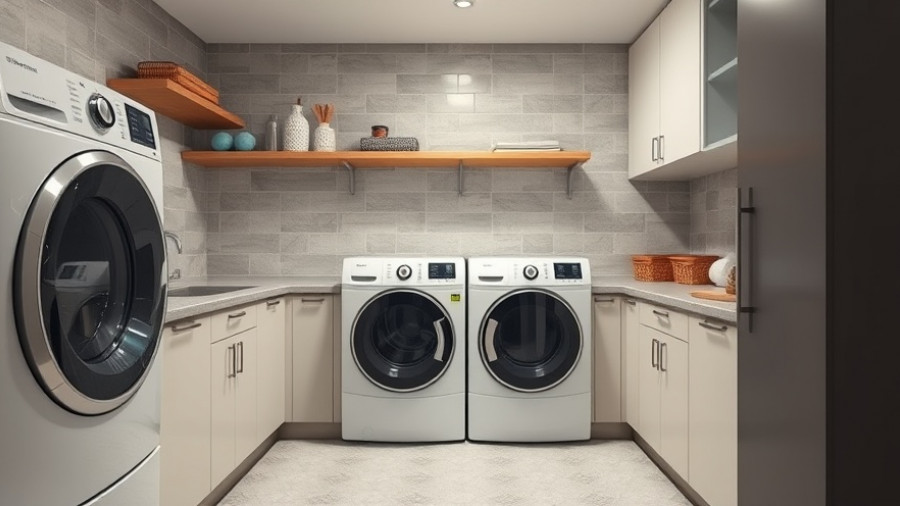
Transform Your Kitchen Space: Building an Island with Seating
Building a kitchen island not only enhances the aesthetic appeal of your space but also serves as a functional hub for cooking, dining, and entertaining. With the use of IKEA components, this guide walks you through the steps to create a unique kitchen island with seating that perfectly fits your California home.
Why Build a Kitchen Island?
There’s a good reason kitchen islands are a staple in modern home design. They provide additional prep space, storage, and seating for casual dining or entertaining guests. Especially in urban areas where kitchens can be compact, an island helps maximize the layout without compromising form and function. Moreover, customizing an island to your specifications allows you to reflect your style and meet your needs. In California, where diverse culinary habits exist, an island can serve as a gathering point for family and friends.
Essential Tools and Materials Required
To embark on this DIY journey, gather the following tools that will aid in the construction process:
- Drill/driver
- Jigsaw
- Flush-trim router bit
- Level
- Random orbit sander
Moreover, having the right materials is crucial. A standard list would include:
- Three IKEA Sektion base cabinets
- Half-inch and three-quarter-inch MDF panels
- Various screws and nails
- Bondo filler for a polished finish
Step-by-Step Assembly Instructions
Assemble the Cabinets
First, construct the IKEA cabinets according to their manual, using wood glue and clamps. Good assembly ensures a stable foundation for your island. Remember that aesthetics matter, so the color-matched paint is essential to keep a cohesive look with your cabinetry.
Pre-Painting the Panels
Before you assemble the top of the island, pay attention to your MDF panels. Pre-paint these to save you from messy touch-ups later. A fresh coat before final assembly ensures that you won’t miss any spots once everything is in place.
Creating the Countertop
Your island's countertop can set the entire tone of your kitchen. Consider using white melamine for a sleek, modern look or opt for high-quality wood for warmth and richness. Finish off the edges with a router for a smooth finish.
The Integration of Seating: A Practical and Stylish Choice
Adding seating enhances livability within your kitchen. When designing your island, incorporate overhang on one side for bar stools. This extra step allows for informal meals or a space for guests to gather while you cook. It’s about creating a heart in your home where family and friends can connect.
Finishing Touches: Paint and Details
Once your assembly is complete, it’s time for the detail work. Use paint to touch up any areas that need it. Look into adding molding or trim to enhance the island's look—this brings a touch of craftsmanship to your project.
Future Trends: Sustainability in Kitchen Design
As California homeowners continue to prioritize eco-friendliness, consider your island’s impact on the environment. Utilize sustainable materials wherever possible, and think about how the island can support waste reduction — for instance, incorporating pull-out recycling bins.
Whether you're planning your first build or enhancing your current kitchen space, customizing a kitchen island, especially one with seating, can significantly improve your kitchen experience. Don't let a crowded kitchen space or fixed layouts discourage you; with some effort and creativity, you can create a centerpiece that adds both function and flair. As you develop your project, remember: this is about more than just building; it’s about crafting a space that fosters togetherness and joy.
 Add Row
Add Row  Add
Add 




Write A Comment